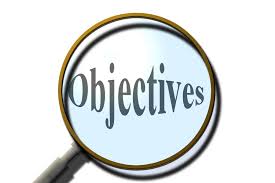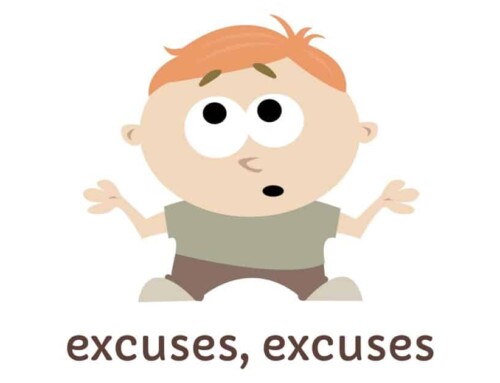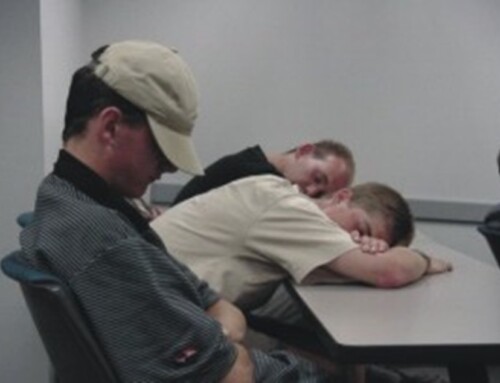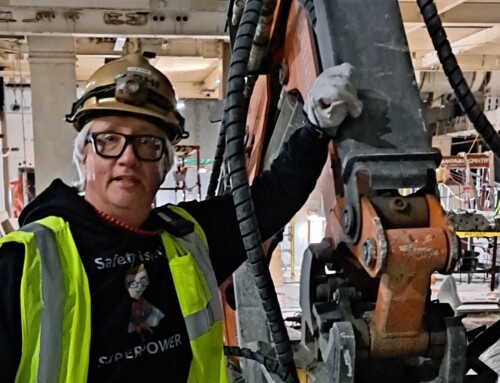“When it’s foggy in the pulpit… it’s cloudy in the pew.”–Robert Cavett, founder of the National Speakers Association
People like to know what they are going to get–before they get it. When you stand before an audience and ask for their attention, they expect you to have at least one objective in mind. (You may have more than one, depending on the length and overall purpose of the session.) They assume you know where you’re going, that you have developed a road map which you intend to follow, and once you prove their premise is accurate–they will be ready to travel with you.
Over the centuries, powerful speakers have realized their objectives need to be Specific, Measurable, Achievable and Relevant.
Specific: First is your primary purpose for the session specific. Not “Oh I want to make sure everyone works safer.” That’s like saying, “I want everyone to do stuff better than before.” In what way do you want them to work safer?
When your objectives are vague, it is tough to achieve them. As professional speaker Danielle Kennedy puts it “The speaker’s objectives are like the writer’s thesis statement. What are you trying to say? Accomplish? What is the purpose of the speech? Its mission statement? If you don’t know, should the audience guess?” Of course they shouldn’t guess. Sometime during the beginning of your talk make it clear what mission the session will accomplish.
Measurable: Have you defined your objective(s) so you can measure it? If your purpose for the talk or meeting is to have everyone understand something, such as the difference between heat exhaustion and heat stroke, how could you prove it? Can you give out a test to measure it? Is it measurable at all. You may not do any measuring, but the objective should be designed so that if you needed to, you could measure to see if it was met.
Achievable: Is the objective achievable tomorrow? It’s noble to want no one ever to get hurt on the job starting next week, but is it achievable? And will your safety presentation have enough power to make it happen?! Not likely if from a one-hour talk you expect to eliminate all injuries right away. Yet you could expect to have everyone in the room make a commitment in writing that they will say something to their coworkers whenever they see them without the proper P.P.E. That’s achievable, and it will help fulfill the grander goal of zero injuries.
Relevant: Is the objective relevant to what’s going on with your listeners. In the field of safety and health, this is easy to apply. Obviously, employees who work in an office all the time would find a 30-minute rigging lecture to be a waste of time.
A vital point: Is it possible to accomplish the objective(s) within the time limits that are allowed you in your presentation? Too few are better than too many. This was a problem that took me years to work out. (I still have to remind regularly myself “Hawk stop trying to jam in too much stuff!”)
With clear objectives, you assure your audience of receiving something. Without them, you convince your audience of receiving nothing. The next time you prepare a presentation, remember this from award-winning public speaker Christopher Hegarty, “The precision you use in identifying and establishing clear and valuable objectives will determine the precision and relevancy of your presentation.”





